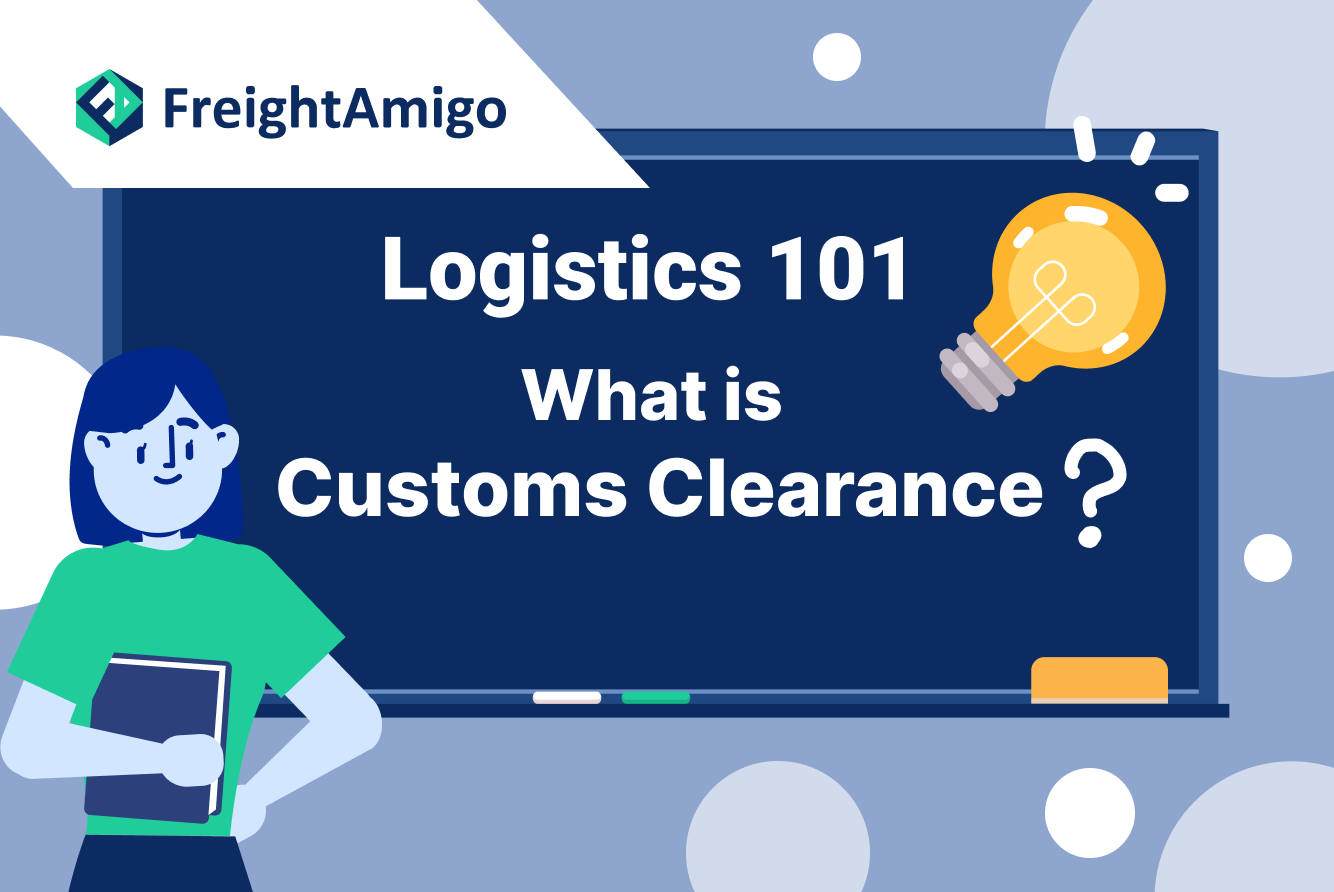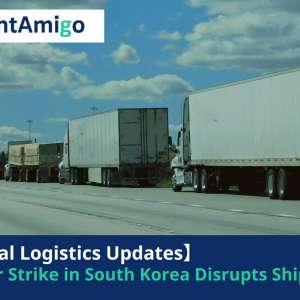Author Name: Tiffany Lee – Marketing Analyst at FreightAmigo
Whenever a cargo is exported or imported into a region, it must go through customs clearance procedures with the customs department. Goods might be detained and failed to arrive at the destination as schedule with one minor mistake. Let’s learn more about declaration and clearance procedures with FreightAmigo and make trade easier for everyone!
What is Customs Clearance and Declaration?
Declaration – When cargo is imported or exported, it is necessary to submit an import/export declaration, to the local customs department to provide information including type, quantity and transportation method of the cargo.
Under the Import and Export (Registration) Regulations, Chapter 60E, of the Laws of Hong Kong, every person who imports or exports any article other than an exempted article is required to lodge with the Commissioner of Customs and Excise an accurate and complete import/export declaration within 14 days after the importation or exportation of the article.
Clearance – The duties, fees or taxes levied on cargo transported from one country to another. When the cargo arrives at the border, the applicable customs duties, fees or taxes will be assessed and must be paid before they can be delivered.
Using Hong Kong as an example, imports to Hong Kong are tax-free except motor vehicles, liquors, tobacco etc.
We may need to fill out the HS Code (Harmonized System Code) and other pertinent customs documents when going through the customs clearance procedures. If erroneously completed or ignored, especially when shipping to the UK, it may cause delays in customs clearance or even detention.
Read More: Logistics 101 – What is HS Code?
Importance of Customs Clearance and Declaration
Declaration – Information contained in the import/export declarations is used for compiling trade statistics. The trade statistics can be used as the basis of some major decisions on economic policy.
Clearance – Tax is not only a source of revenue, but also protects locally produced goods. Also with customs clearance, smuggling activities can be prohibited and prevent prohibited goods from entering and leaving the region.
Customs Clearance Charges
Import | |
Non-food items | -- $0.2 in respect of the first $46,000 of the value of the goods -- $0.125 in respect of each additional $1,000 or part thereof and rounded up to the nearest 10 cents |
Food items | -- $0.2 per declaration irrespective of the value |
Export | |
Goods whether of HKSAR origin or not | -- $0.2 in respect of the first $46,000 of the value of the goods -- $0.125 in respect of each additional $1,000 or part thereof and rounded up to the nearest 10 cents |
Declaration Procedures
1.Declarations should be lodged electronically
2.Submit via the three service providers appointed by the Government or paper-to-electronic declaration conversion service provided by the service providers
Clearance Procedures
1.Customs forms should be lodged electronically
2.Submit via an agent or by yourself
3.Get duties and tax estimates
4.Payment of duties and tax
If you find the declaration and clearance procedures complicated, choose 1-stop platform FreightAmigo to handle these procedures for you together with shipment booking!
Customs brokers make it easy to import goods!
Importers often engage customs brokers to handle customs clearance procedures because they are experts in customs procedures and regulations. Customs brokers can operate independently or belong to freight companies. If you order cargo transportation services, you can inquire with the logistics company whether they provide customs brokerage services. Customs brokers can help importers quickly and smoothly pass through customs inspections. Otherwise, if there are errors in documents or payments, your goods may be detained, fined or even returned! An experienced licensed customs broker can not only reduce duties and taxes but also ensure compliance with all regulations.
Tips for Customs Clearance and Declaration
1.Get your HS code before shipment
When assessing customs duties and taxes, customs officers in various countries need to use the HS code to accurately identify the type of shipment.
2.Handle forms electronically
Customs and Excise Department of Hong Kong introduces several electronic cargo clearance platforms to improve the efficiency of customs clearance.
If you still have questions about customs clearance and declaration procedures when arranging shipment, or other shipping quires, you are welcome to submit the below form for scheduling a free consultation:
Register for free and experience the new era of FreighTech x FinTech. If you have any questions, welcome to
Chat online / WhatsApp: +852 300898592
Learn more via https://www.customs.gov.hk/en/trade_facilitation/ecargo/index.html









































